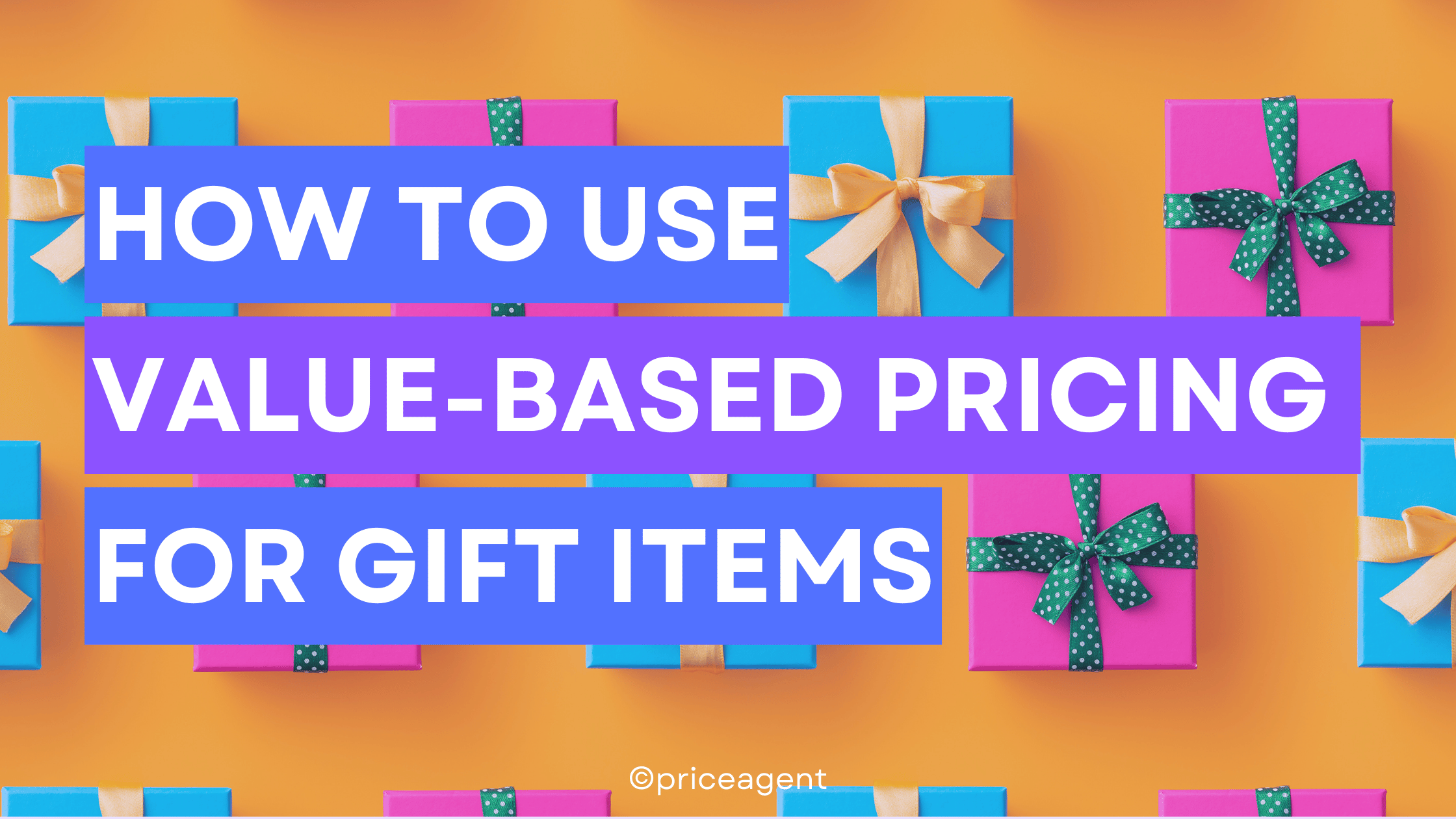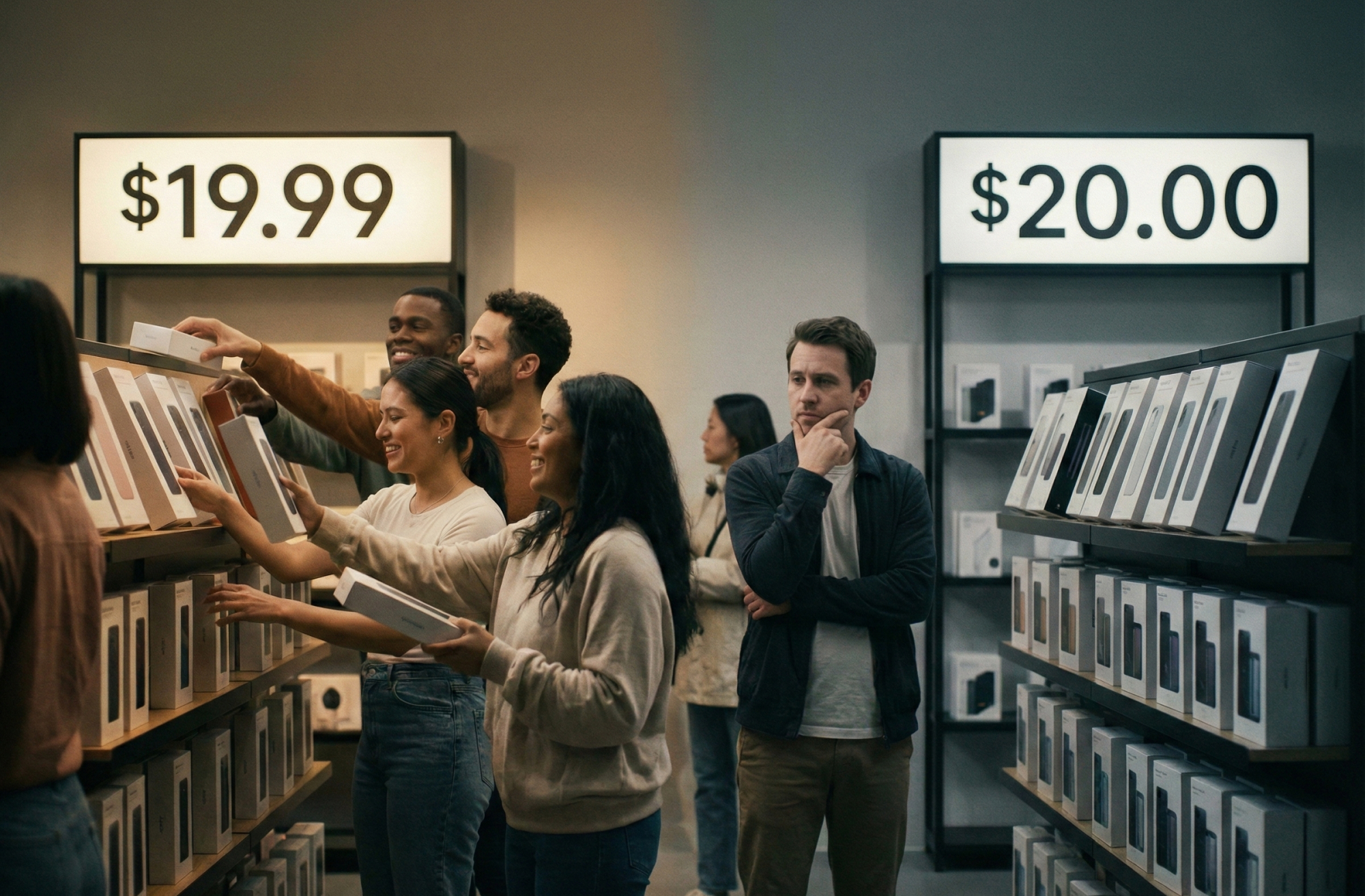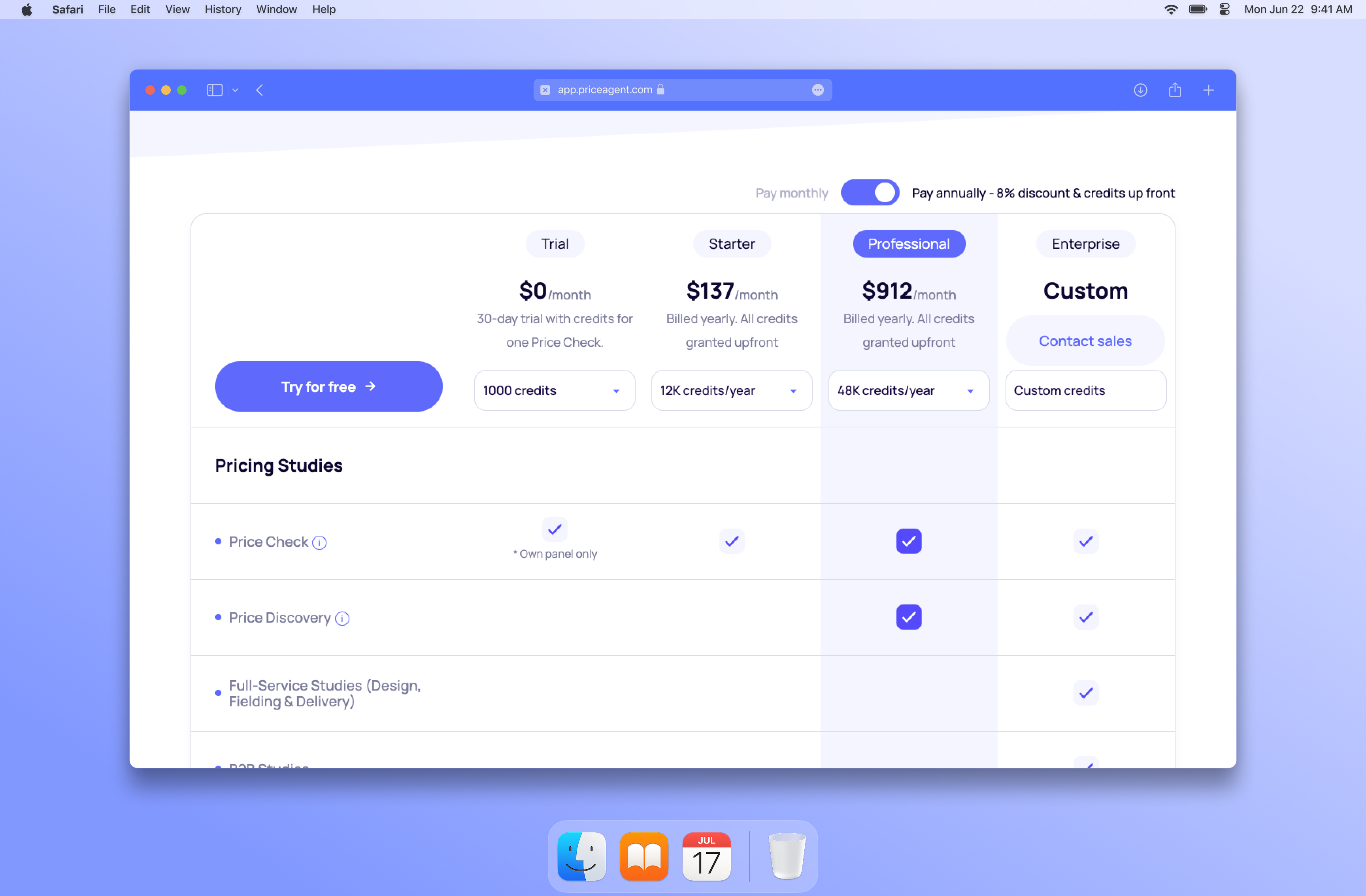How to Price Gift Items Using Value-Based Pricing: Navigating the Challenges
Discover how value-based pricing can help you set optimal prices for gift items by t

Summarize article with AI
Pricing gift items is an art that requires more than just crunching numbers. Unlike everyday purchases, gift buying is often emotionally driven. When customers shop for gifts, they aren't just thinking about the item's utility—they're thinking about the emotional impact it will have on the recipient. This makes pricing these items tricky, but that's where value-based pricing comes in. By setting prices according to the value customers place on an item, rather than just cost or competitor prices, you can better capture the willingness to pay and drive long-term profitability.
In this article, we'll explore the unique challenges of pricing gifts, the importance of perceived value, and how businesses can leveragevalue-based pricingto set prices that align with their customers' willingness to pay.
The Emotional Nature of Gifting Purchases
Gift purchases are rarely made with pure practicality in mind. Shoppers are looking for items that reflect thoughtfulness, love, appreciation, or sentimentality. When purchasing gifts, buyers are focused on the emotional impact—the “wow” factor—an item will have on the recipient.
For example, let’s take jewelry or luxury watches. These items are often perceived as meaningful or valuable not because of their raw materials alone but because they carry emotional weight. A customer might not wear luxury jewelry themselves but will purchase it as a gift because they believe the recipient will treasure it. Similarly, personalized gifts like engraved pens or custom-made artwork can command a premium price due to their personal touch.
The challenge? Because these are emotional purchases, customers are often willing to spend more on gifts than they would on the same product for personal use. This presents a great opportunity for businesses to leveragevalue-based pricing—pricing items according to how much value customers believe they hold.
The Role of Value-Based Pricing in Gift Pricing
Value-based pricingis a pricing strategy where prices are set based on the perceived value of the product or service, rather than on the cost to produce it or competitor prices. For gift items, this approach is crucial because the perceived value is often higher than the objective value of the item itself.
For instance, let’s say you sell customized leather journals. While the base cost to produce the journal might be $20, customers might be willing to pay $60 or more because of its uniqueness and the emotional connection tied to gifting a personalized item. By focusing on what customers value—whether it’s craftsmanship, personalization, or emotional connection—you can set prices that better reflect their willingness to pay.
Challenges in Pricing Gifts
One of the biggest challenges in pricing gifts is thesubjectivity of value. What one customer considers a valuable, thoughtful gift may be seen as ordinary or overpriced by another. This makes finding an optimal price point difficult, especially using traditional methods like cost-plus pricing (adding a standard markup to production costs) or competitor-based pricing.
Here are a few common challenges businesses face when pricing gifts:
Emotional Purchases Vary : Different customers have different emotional triggers. Some value the uniqueness of a gift, while others focus on brand prestige or luxury. Pricing must cater to these varying preferences.
Seasonal Demand Fluctuations : Gifts are often tied to specific occasions like birthdays, holidays, and anniversaries. During peak seasons, customers may be willing to pay more, but during off-seasons, they may be more price-sensitive.
Price Sensitivity During Gifting Occasions : During major gifting seasons like Christmas or Valentine’s Day, customers are often purchasing multiple gifts at once, which can lead to greater price sensitivity. Understanding their willingness to pay during these times can help businesses optimize pricing.
Customer Perception of Value : With gifts, it’s the recipient’s experience that often defines the value, and pricing based on objective factors (like production costs) alone can lead to mispricing and lost opportunities.
Gathering Customer Insights for Pricing Decisions
To tackle these challenges and set the right prices, it’s essential to gather insights oncustomer behavior, particularly during peak gifting seasons. Understanding customer motivations and behaviors will allow businesses to fine-tune their pricing strategies based on real-world insights rather than assumptions.
For example, by using tools likePriceAgent, you can gather detailed data about what price points customers are willing to accept for different types of gift items, how demand fluctuates during key seasons, and how price changes impact your overall revenue. With this data in hand, you can create personalized pricing strategies that reflect customer values.
Real-World Example of Value-Based Pricing for Gifts
Let’s look at a luxury gift company that offers custom jewelry for special occasions. Instead of focusing solely on production costs or competitor prices, they conducted customer research to understand what their target audience valued most. The insights revealed that customers were more willing to pay higher prices for jewelry that came with a personalized engraving option.
By shifting tovalue-based pricing, the company priced the personalized pieces significantly higher than their basic models, reflecting the emotional value of gifting something unique. This shift led to an increase in both sales and profit margins, as customers perceived the value to justify the price.
How to Implement Value-Based Pricing for Gifts
Identify the Key Drivers of Perceived Value : Is it the craftsmanship? The uniqueness? The emotional connection? Understanding what customers value most about your gift items will help you set prices accordingly.
Leverage Customer Data : Use insights from your customer base to understand their willingness to pay. Segment customers based on their emotional drivers and adjust pricing based on these insights.
Adapt Pricing Based on Seasons : Take advantage of peak gifting seasons by adjusting prices when customers are most willing to spend. During off-seasons, consider promotional pricing or bundling to boost sales.
Test and Adjust Pricing Regularly : Value-based pricing requires regular adjustments based on customer feedback and changing market conditions. Make it a habit to revisit your pricing strategy to ensure it aligns with customer expectations and market trends.
Conclusion
Pricing gift items is a unique challenge because of the emotional factors involved in gift-buying. By leveragingvalue-based pricing, businesses can better capture customers' willingness to pay and set prices that reflect the perceived value of the gift. This strategy can help businesses maximize revenue, particularly during peak gifting seasons, and create a stronger connection with their customers.
If you're looking to optimize your pricing strategy for gift items, PriceAgent can help. Our platform provides data-driven insights to help you understand what your customers value most and how much they're willing to pay. Contact us today to learn more about how value-based pricing can transform your business!









